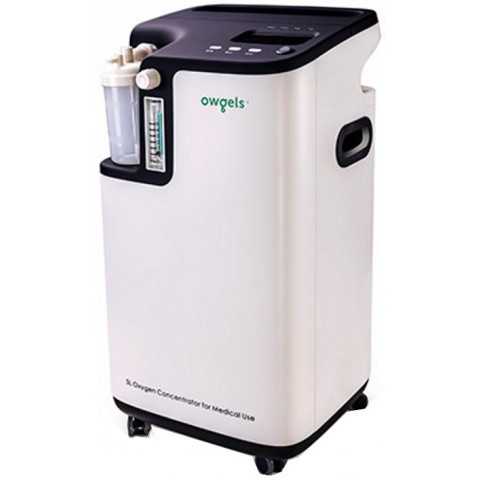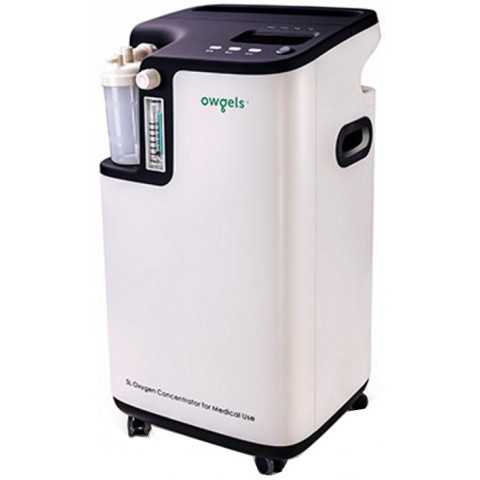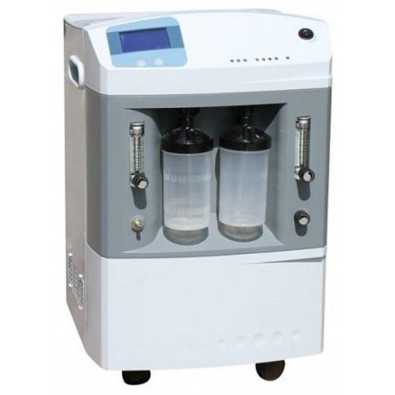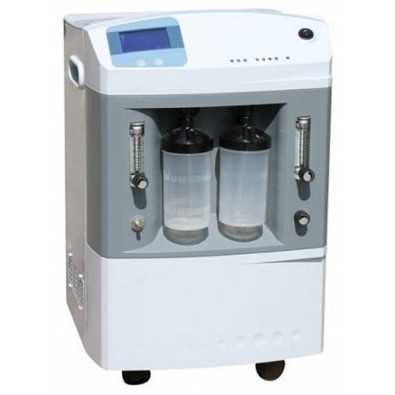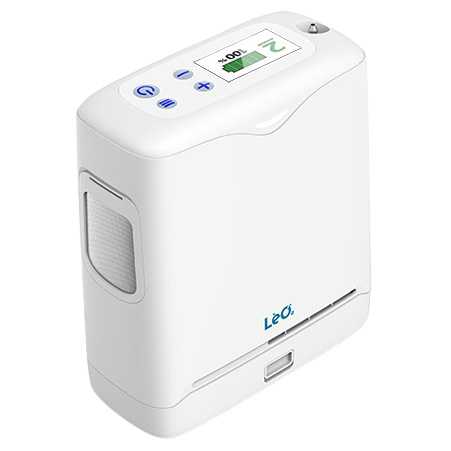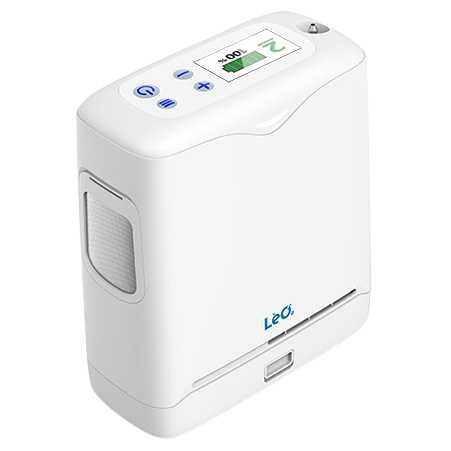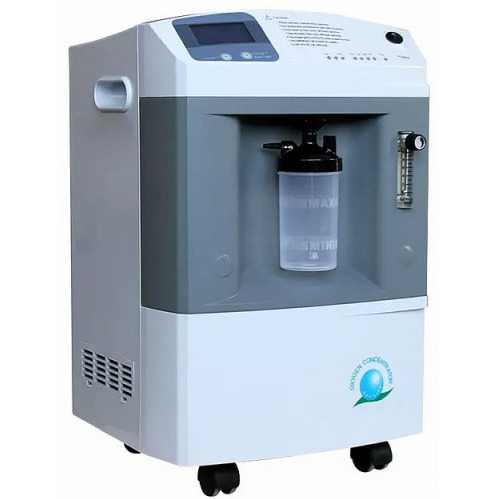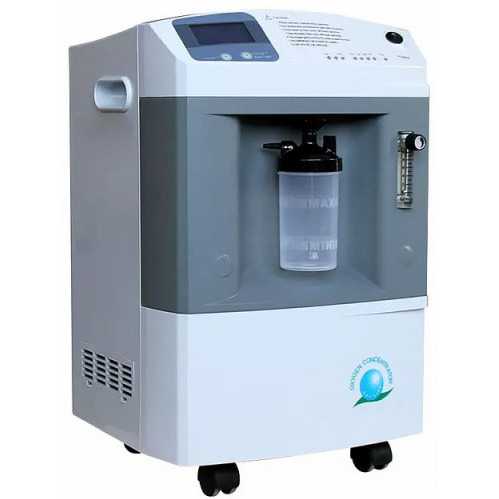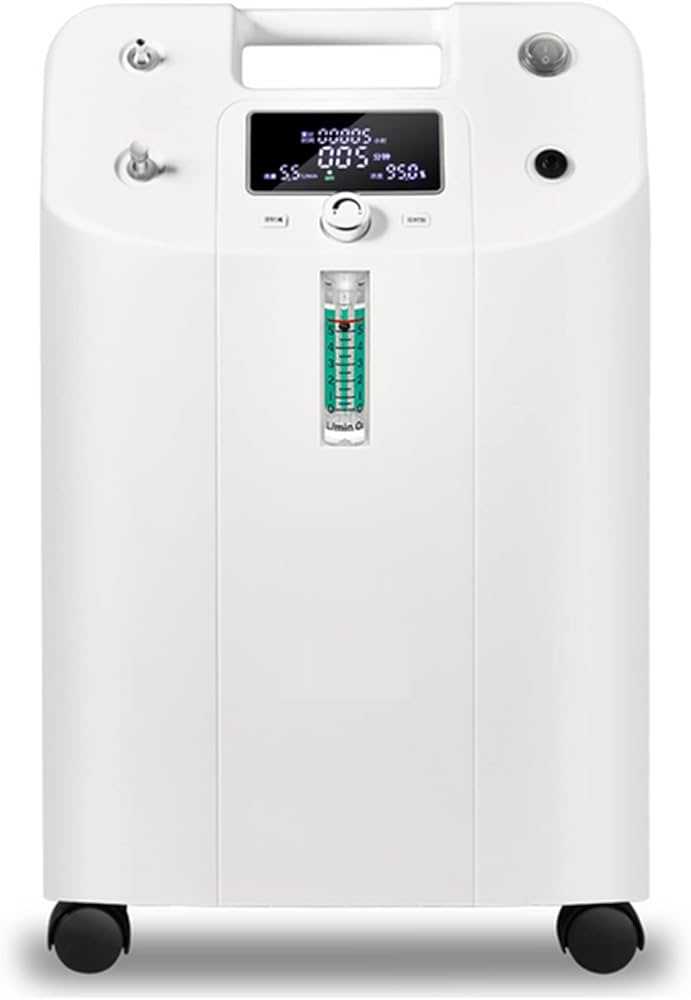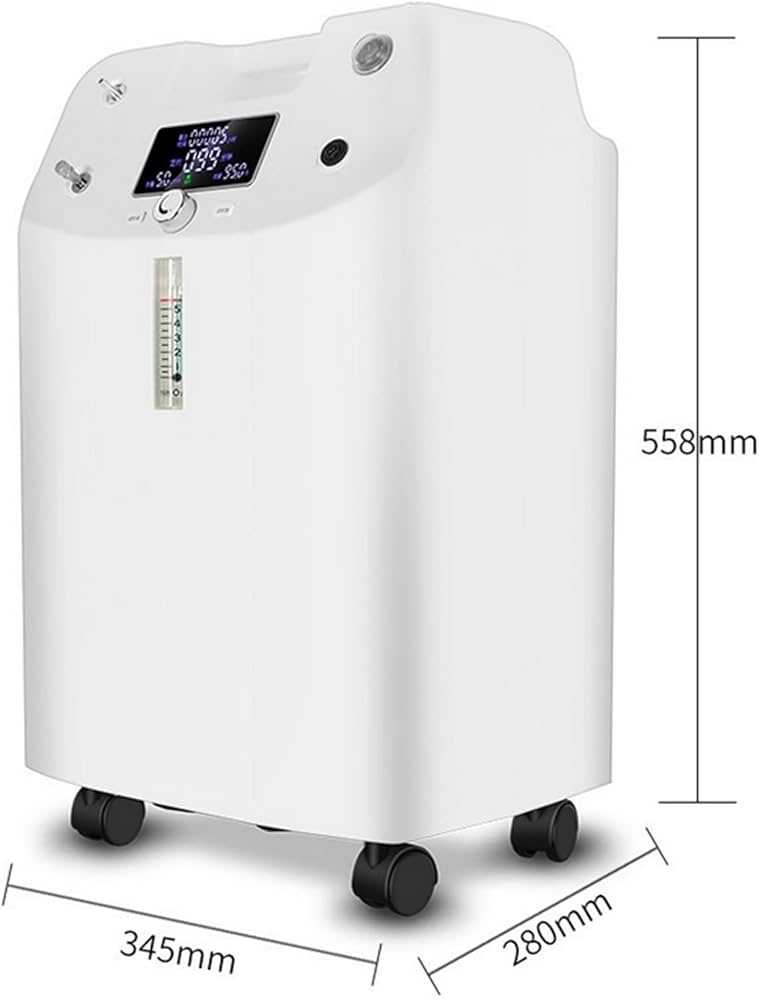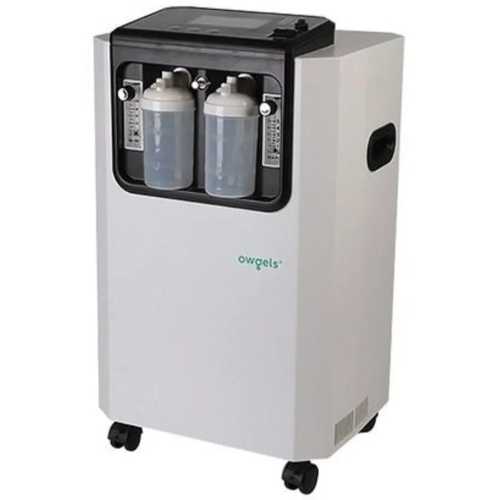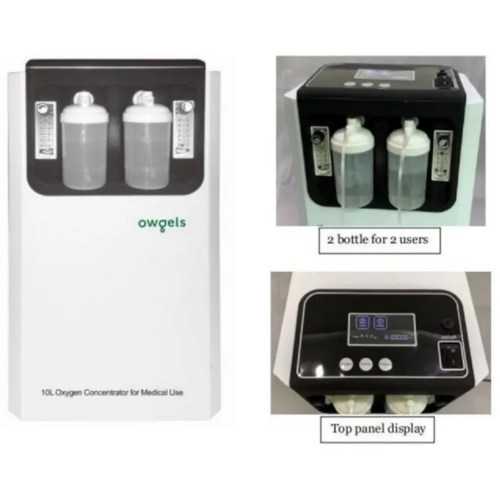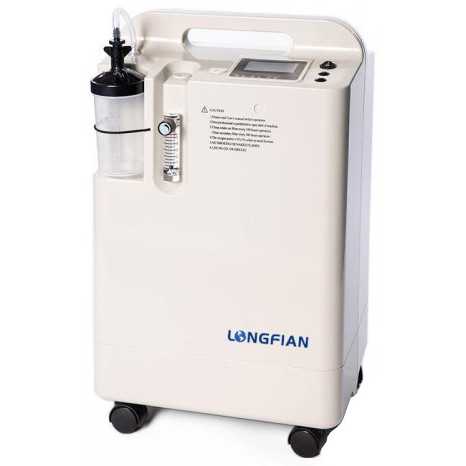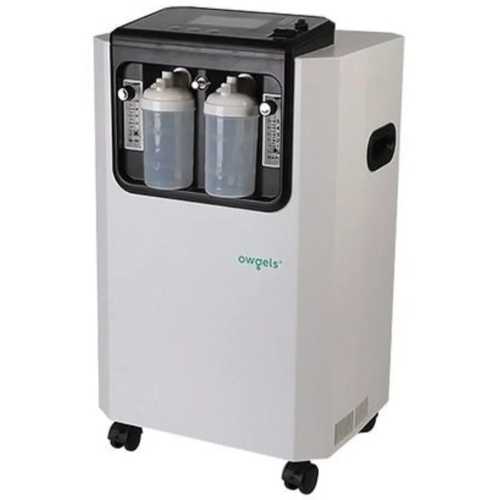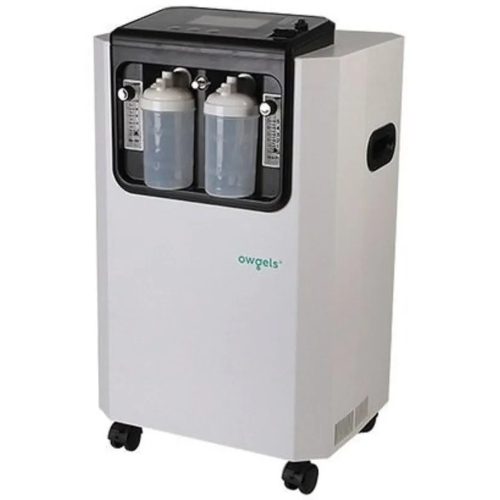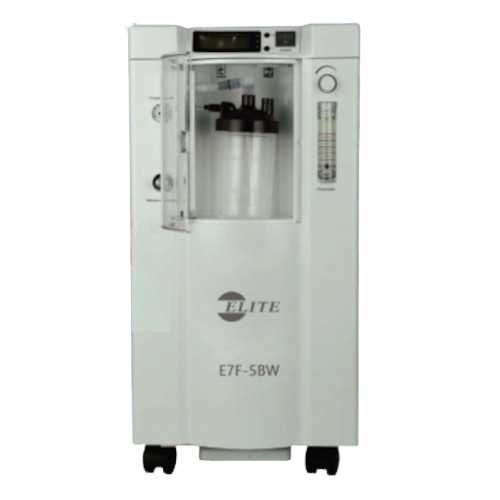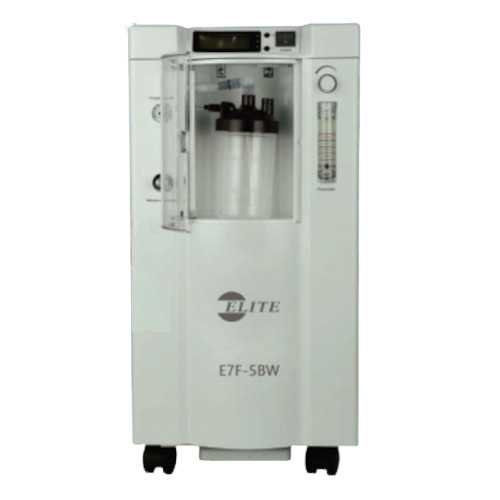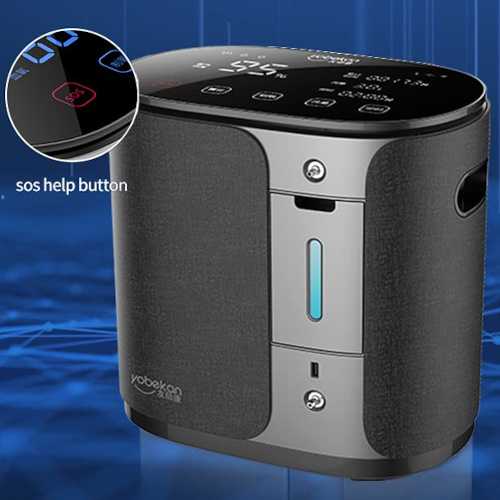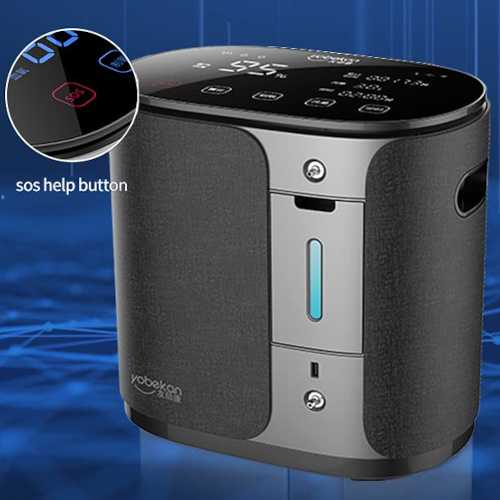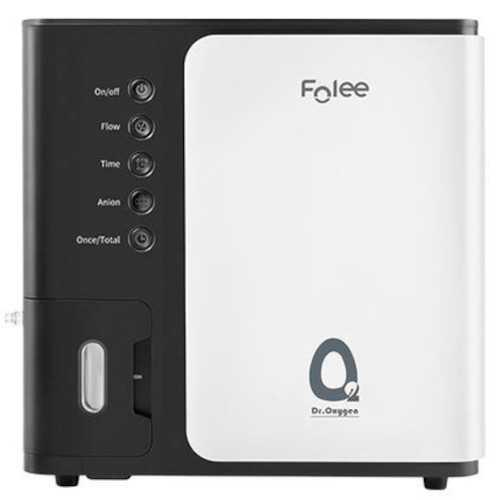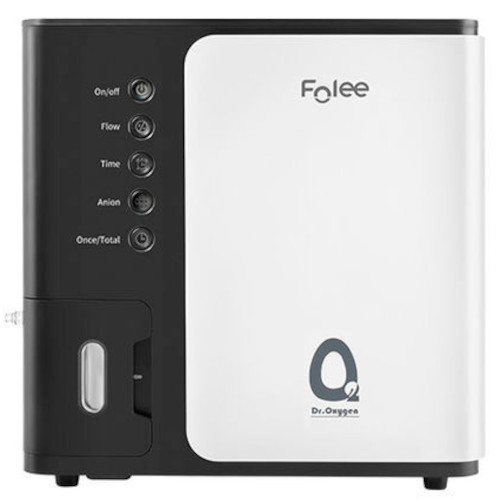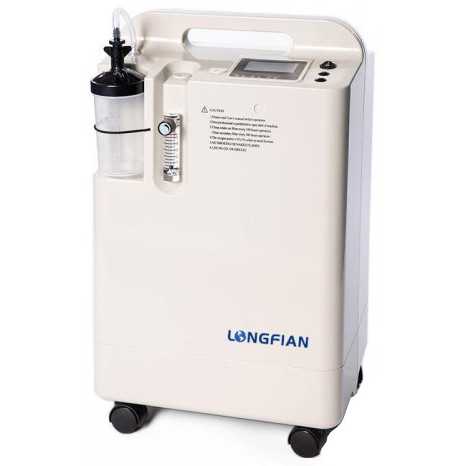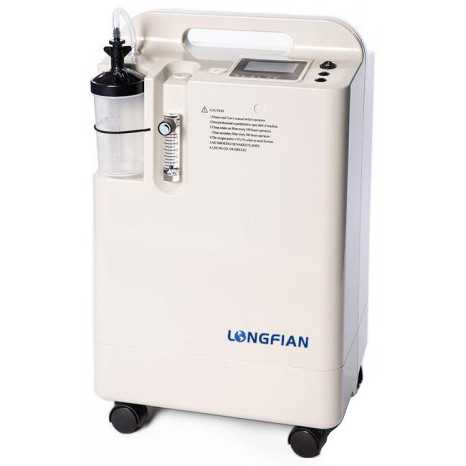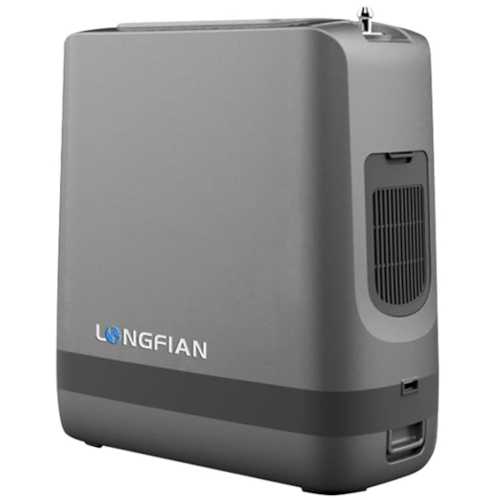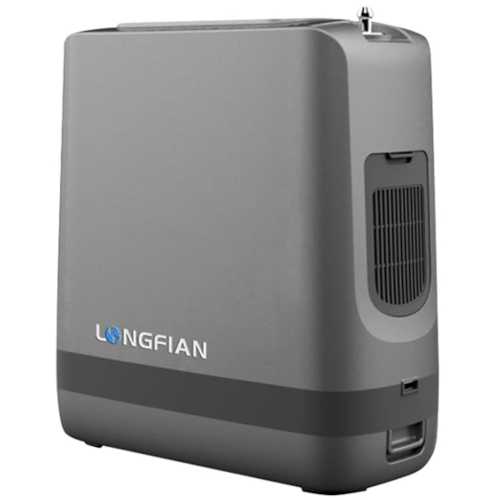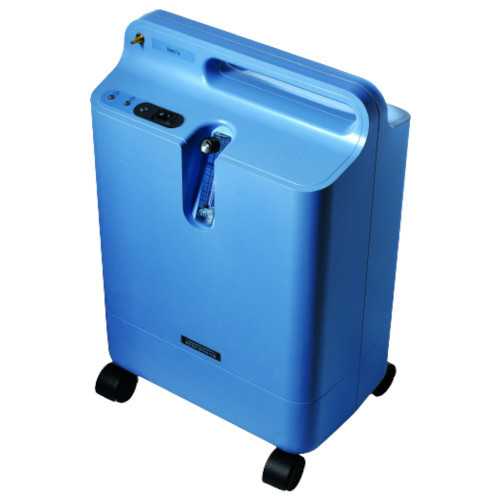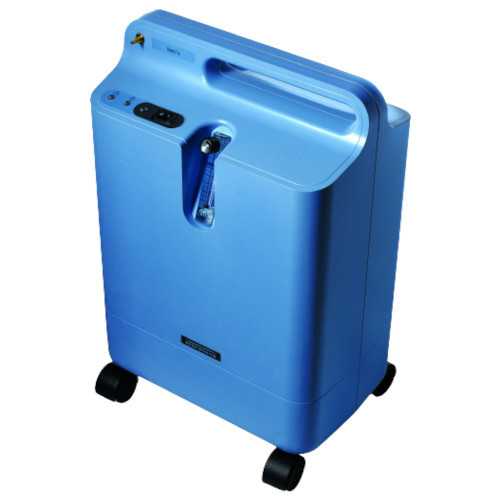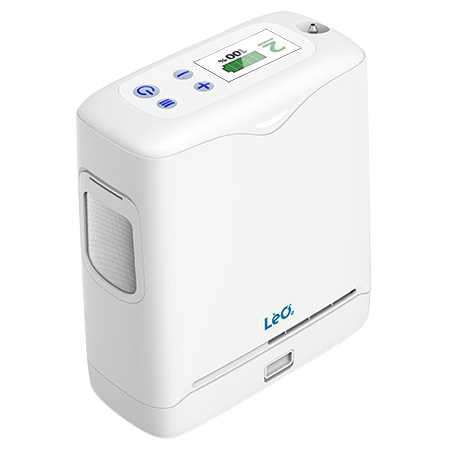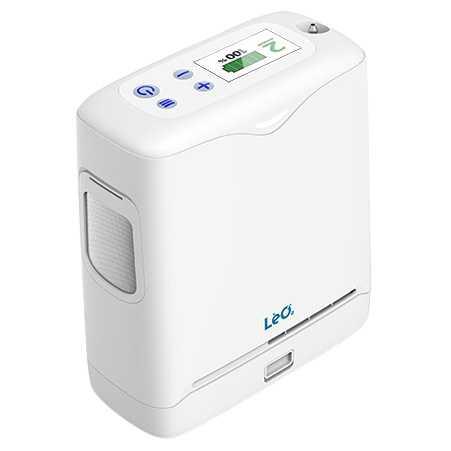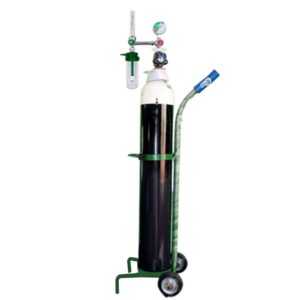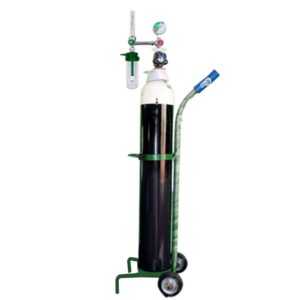Nurse for Ryles tube insertion at Home

Nurse for Ryles tube insertion at Home
ryles tube
Ryles Tube popularly referred to as ‘Nasogastric tube’ or NG tube is a long and narrow bore tube, made out of silicone or polyurethane. prominently ryles tube uses to gain access to a patient’s stomach and its contents. The Nasogastric tube is mainly used for the treatment of stroke patients with dysphagia and on patients on ventilators.
purpose of ryles tube insertion:
The Nasogastric tube is inserted primarily for two purposes;
For Nasogastric Aspirations – Nasogastric Aspiration is the process of emptying the upper gastrointestinal tract of gastrointestinal secretion and swallowed air. Nasogastric aspiration is also used in cases of poisoning to drain the ingested toxic liquid and to extract gastric liquid samples for analysis.
Ryles tube uses for feeding and administering medicines and other oral agents like activated charcoal.
ryles tube types:
Nasogastric tubes are of three types, namely;
Levin Tube: Levin tube is a single lumen rubber or plastic tube mainly used for the administration of medication and or nutrition.
Salem Sump Tube: The Salem sump tube is a large bore tube with double lumen. One lumen is meant for suction and drainage, while the other smaller lumen is used for ventilation.
Moss Tube: The Moss tube is a triple lumen tube with radiopaque tip. The first lumen is positioned and inflated in the cardia, the second lumen serves as oesophageal aspiration port and the third lumen is used as duodenal feeding port.
nasogastric tube or ng tube care at home:
Here are a few pointers to follow for effective nasogastric tube care at home;
Brush your teeth twice daily.
Change the nasal tape on every alternate day or when it gets loose.
Always clean your nostril area where the NG tube goes, with a cotton tip applicator dipped in warm water. If the nose has become sore you can apply water soluble lubricant.
Keep the nasal tape secured at all times, if incase the nasogastric tube comes out contact your doctor immediately.
Flush the feeding tube with water after every feeding session or medication.
In case the nasogastric tube gets clogged flush it with warm tap water. You can also try putting a syringe into the feeding tube and pull back the plunger. If the NG tube still stays clogged contact your doctor as soon as possible.
It is imperative to take adequate precaution for the nasogastric tube care at home
nasogastric tube insertion:
Nasogastric tube insertion, medically referred to as nasogastric intubation, is the process of inserting a nasogastric tube through a patient’s nose, past the throat and down into the patient’s stomach. The nasogastric or Ryles tube insertion procedure is a detailed one and should be followed diligently to avoid any complication and discomfort to the patient. Here is the step by step Ryles tube insertion procedure below;
Before inserting the tube explain the procedure to the patient to prepare them for the procedure.
Provide a signal to the patient for when they wish to stop the procedure owing to some discomfort.
Make the patient sit in an upright position, with heads neither tilted backwards or forward.
Measure the nasogastric tube from the bridge of the nose to the earlobe and then to the halfway point between the lower end of the sternum and the navel.
Lubricate about 2 – 4 inches of the tube with a lubricant.
Pass the tube through the bigger of the two nostrils, past the pharynx, through the oesophagus and into the stomach.
When the tube passes the pharynx the patient experience discomfort and gag, in this time ask the patient to mimic swallowing or give the patient water with straw to sip and then continue with the insertion process.
If any resistance is met, try slightly rotating and advancing the tube but never force the tube inside.
Stop if patient continues to show distress or becomes cyanosed.
Once the tube has inserted past the pharynx, it is then easily inserted in to the stomach.
Secure the tube in place to avoid any movement.
Check the tube’s position by pH testing method and or X – ray.
ryles tube feeding:
Ryles tube feeding is aimed towards giving nutritional support to people who are unable take their food and drink orally. Some of the supplies and equipment needed for Ryles tube feeding are as follows;
Gloves and feeding pump
Feeding solution
Large Catheter tip syringe
Feeding bad with tubing
Water
Measuring cup
ryles tube feeding procedure:
The following steps are involved in the Ryles tube feeding procedure;
Prepare feeding formula and mix thoroughly, shake before administering the formula as it may settle down in the can.
Explain the procedure to the patient.
Make the patient sit or get his head elevated to atleast 30 to 40 degrees angle to avoid the risk of aspiration, pneumonia and possible death due to pulmonary complication.
Check placement of the tube before every feeding session by aspirating stomach contents or by measuring the pH of aspirated gastric secretions.
After securing the above points then the feeding can take place either through a feeding bag, by a syringe or a feeding pump as advised by the doctor.
The Ryles tube procedure is a commonly used medical intervention in hospitals and healthcare settings, and is a safe and effective way to provide nutrition, medication, or remove stomach contents when necessary.
